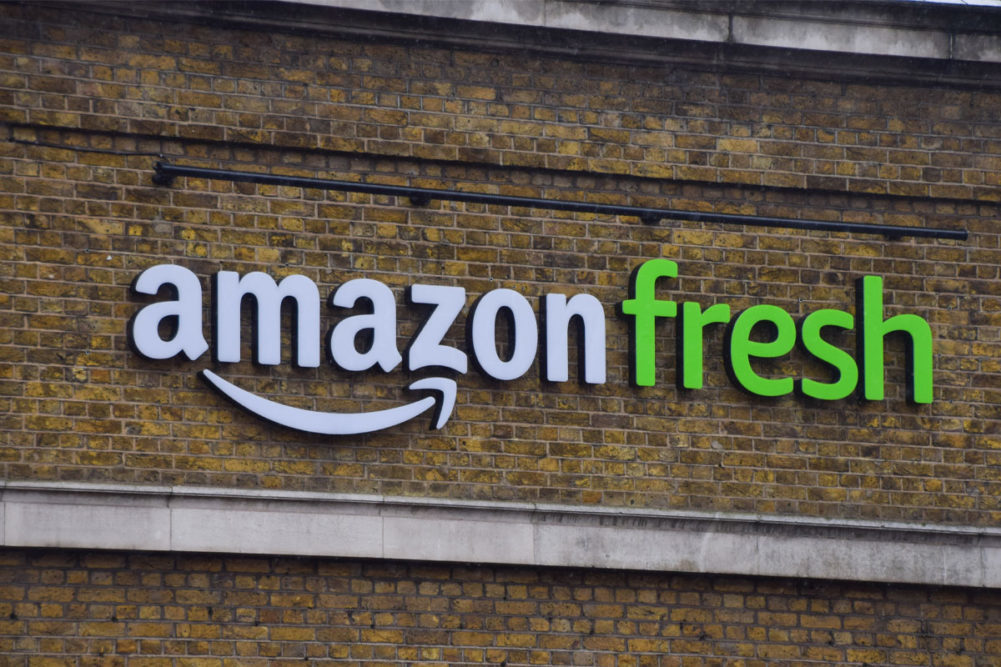SEATTLE — It has been nearly six years since Amazon.com Inc. acquired Whole Foods Market in August 2017. At the time, speculation was that the online retailer was set to disrupt brick-and-mortar retailing with an innovative store format. In a letter to shareholders discussing the company’s fiscal 2022 business results, Andy Jassy, president and chief executive officer, admitted Amazon is still seeking that format.
“Whole Foods is on an encouraging path, but to have a larger impact on physical grocery, we must find a mass grocery format that we believe is worth expanding broadly,” Jassy wrote. “Amazon Fresh is the brand we’ve been experimenting with for a few years, and we’re working hard to identify and build the right mass grocery format for Amazon scale.”
Amazon launched Fresh as an online-only platform in 2007 and extended it to a brick-and-mortar format in 2020. During the fourth quarter of fiscal 2022, ended Dec. 31, the company took a $720 million impairment charge partially related to its physical Amazon Fresh and Amazon Go store formats.
“We're continuously refining our store formats to find the ones that will resonate with customers, will build our grocery brand and will allow us to scale meaningfully over time,” Jassy said during a Feb. 2 conference call with securities analysts to discuss fourth-quarter results. “As such, we periodically access our portfolio of stores and decided to exit certain stores with low growth potential.”
During the February conference call Jassy emphasized that when Amazon’s digital and physical grocery businesses are combined the company has a sizable footprint in the market. Standing in the way of growth is delivering perishables to consumers at a greater scale than Whole Foods.
“I think if you want to have a mass physical store offering, you need a different offering,” Jassy said. “And that’s what we've been working on with Amazon Fresh, and we have a few dozen stores so far. We're doing a fair bit of experimentation today in those stores to try to find a format that we think resonates with customers. It’s differentiated in some meaningful fashion and where we like the economics.
“We’ve decided over the last year or so that we’re not going to expand the physical Fresh doors until we have that equation with differentiation and economic value that we like, but we’re optimistic that we’re going to find that in 2023.”
While Amazon continues to seek a scalable mass merchandise retail format, Walmart Inc., Bentonville, Ark., said during its April 5 investor day conference that the omnichannel capabilities the company has invested in during the past decade have set it up for a new phase of growth.
“The investments we’ve made have positioned us well and stand to generate steady and sustained growth at higher margins,” said David Rainey, Walmart’s chief financial officer, during the investor meeting. “Achieving our targeted 4% sales growth over the next five years would add more than $130 billion of sales on top of our roughly $600 billion base today.”


